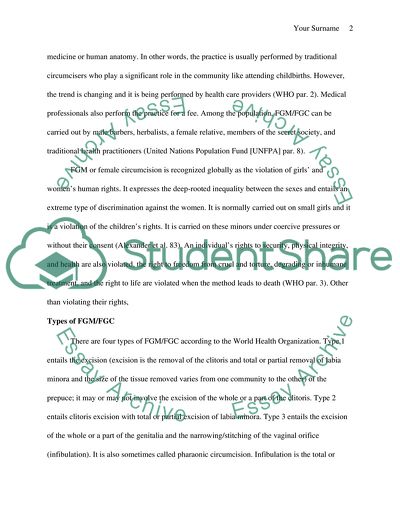Cite this document
(Female Circumcision in Africa Research Paper Example | Topics and Well Written Essays - 2500 words, n.d.)
Female Circumcision in Africa Research Paper Example | Topics and Well Written Essays - 2500 words. Retrieved from https://studentshare.org/sociology/1578945-female-circumssion-in-africa
Female Circumcision in Africa Research Paper Example | Topics and Well Written Essays - 2500 words. Retrieved from https://studentshare.org/sociology/1578945-female-circumssion-in-africa
(Female Circumcision in Africa Research Paper Example | Topics and Well Written Essays - 2500 Words)
Female Circumcision in Africa Research Paper Example | Topics and Well Written Essays - 2500 Words. https://studentshare.org/sociology/1578945-female-circumssion-in-africa.
Female Circumcision in Africa Research Paper Example | Topics and Well Written Essays - 2500 Words. https://studentshare.org/sociology/1578945-female-circumssion-in-africa.
“Female Circumcision in Africa Research Paper Example | Topics and Well Written Essays - 2500 Words”, n.d. https://studentshare.org/sociology/1578945-female-circumssion-in-africa.


